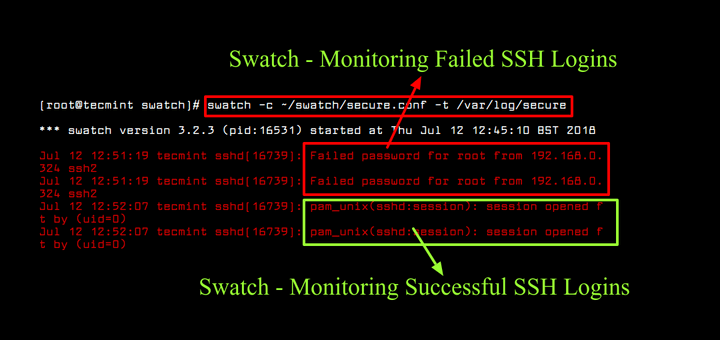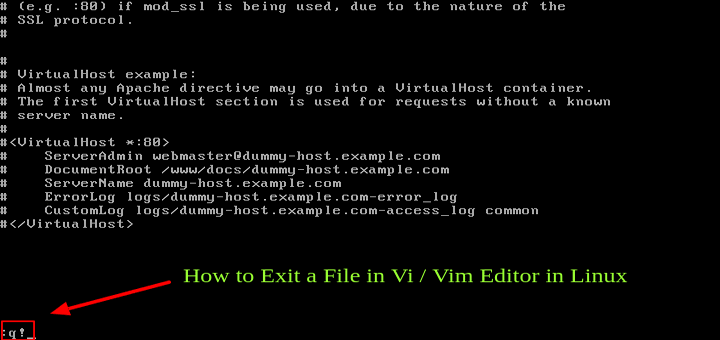
Monit logs to syslog or to its own log file and notifies you about error conditions via customisable alert messages. Monit is controlled via an easy to configure control file based on a free-format, token-oriented syntax. You can use Monit to monitor files, directories and filesystems for changes, such as timestamps changes, checksum changes or size changes. Monit can start a process if it does not run, restart a process if it does not respond and stop a process if it uses too much resources. Monit conducts automatic maintenance and repair and can execute meaningful causal actions in error situations. Monit is a utility for managing and monitoring processes, programs, files, directories and filesystems on a Unix system. Monit - utility for monitoring services on a Unix system SYNOPSIS SYSTEM AND PER-PROCESS FILEDESCRIPTORS TEST.Write: bytes per second (physical storage).Read: bytes per second (physical storage).Setting a mail server for alert delivery.
Linux mail file monitor how to#


The option ‘s’ allow you to an send email with subject followed by the recipient address.

The following command will allow you to send an email with the subject. In this tutorial we will be discussing on heirloom-mailx package. The other two packages are used to connect only local Simple Mail Transfer Protocol (SMTP) server. In this case we have heirloom-mailx package which enables the connection of an external Simple Mail Transfer Protocol (SMTP) server to send messages. It is to be noted that the features and options included in the packages are different from one another. Installation of mail command can be accessed from different packages. The Simple Mail Transfer Protocol (SMPT) server on port 25 which is locally running Mail Transfer Agent (MTA) will receive the emails.Įrror message like “send-mail: Cannot open mail: 25” occur if Simple Mail Transfer Protocol (SMTP) server like Postfix is not available in the sender machine. This call will connect the local Mail Transfer Agent (MTA) into sending the email to the destination.

Whenever a mail is sent, initially the mail command calls the standard send mail binary which is located in /usr/sbin/sendmail. In this tutorial we will be discussing on how to use the mail commands on Linux in order to send emails through terminal. Have you imagined to send emails through command line from a server or automate an email with all the shell scripting or web applications? Linux servers facilitate the ability to send emails from the command line or by scripting.


 0 kommentar(er)
0 kommentar(er)
